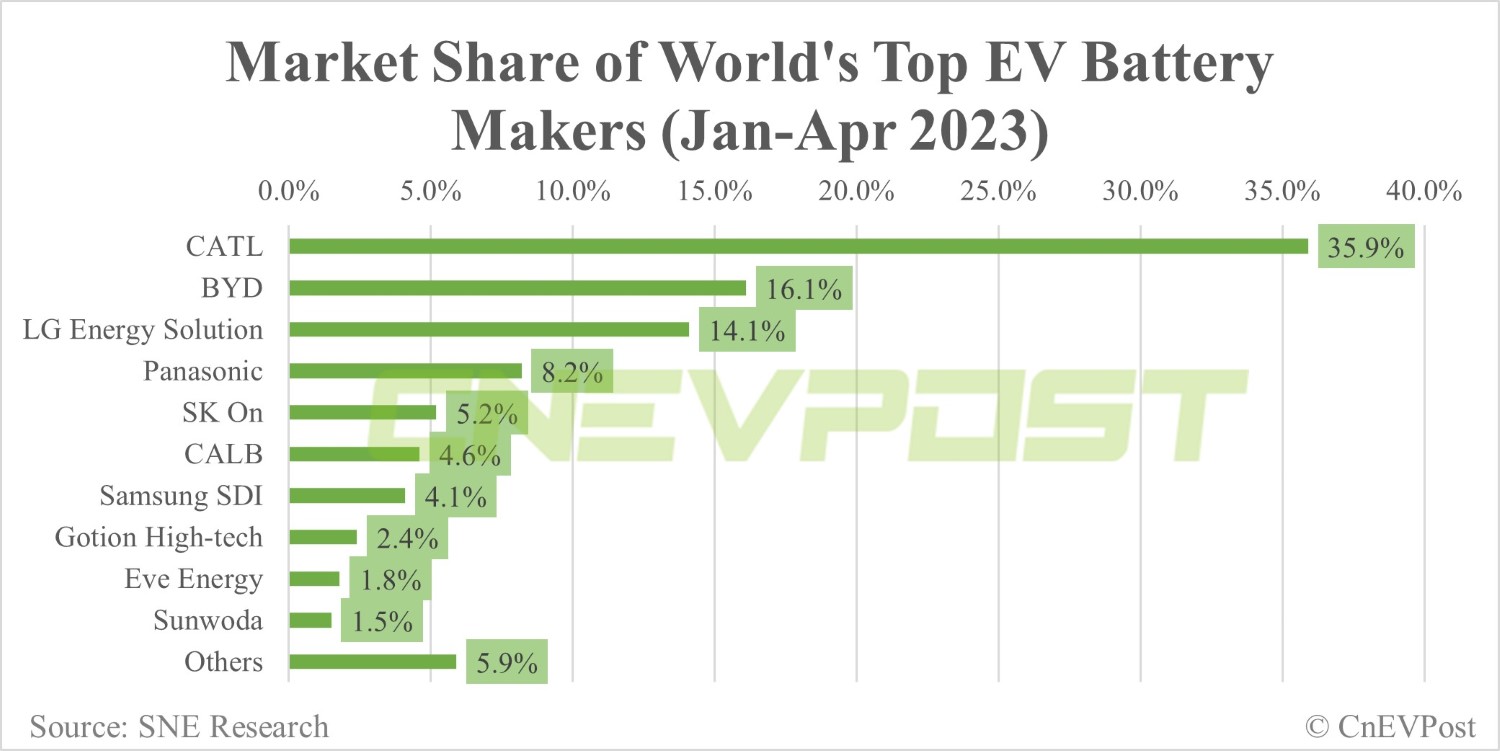As of June 4, China's NEV ownership had exceeded 15 million units, achieving the goal of its 14th five-year plan ahead of schedule, an academician said.

(Image credit: CnEVPost)
As of June 4, China's new energy vehicle (NEV) ownership had exceeded 15 million units, reaching the goal of the 14th five-year plan ahead of schedule, according to an academician.
Sun Fengchun, a member of the Chinese Academy of Engineering and professor at the Beijing Institute of Technology, mentioned the figure in a speech at an event hosted by bus maker Yutong on June 5.
Global sales of NEVs were around 10.82 million in 2022, up 62 percent from a year earlier, with a penetration rate of 13.9 percent, he said.
For comparison, more than 6.887 million NEVs were sold in China in 2022, up 93.4 percent year-on-year, for a penetration rate of 25.6 percent, Sun said.
As the electrification change comes, the Chinese auto industry moves ahead of the curve for the first time, he said.
By the end of 2022, China had 13.1 million NEVs, or 4.1 percent of the total 319 million vehicles in its fleet, according to data released on January 11 by the Traffic Administration Bureau of the Ministry of Public Security of China.
From January to May, wholesale sales of new energy passenger vehicles in China are expected to be 2.78 million units, up 46 percent year-on-year, the China Passenger Car Association (CPCA) said on June 5.
Passenger car sales in China are expected to be 23.5 million units in 2023, including 8.5 million NEVs, with penetration expected to reach 36 percent, the CPCA said, repeating its previous forecast.
Policy support has been a major reason for the rapid growth of China's NEV industry over the past several years.
Prior to this year, those policies included purchase subsidies, which were not renewed after expiring at the end of last year, and purchase tax exemptions, which were renewed through the end of this year.
China will extend and optimize its NEV purchase tax exemption policy and build a high-quality charging infrastructure system, as mentioned in a State Council executive meeting on June 2.
BYD sells record 240,220 NEVs in May, surpasses 1 million for the year
The post China's NEV ownership exceeds 15 million appeared first on CnEVPost.
For more articles, please visit CnEVPost.

























